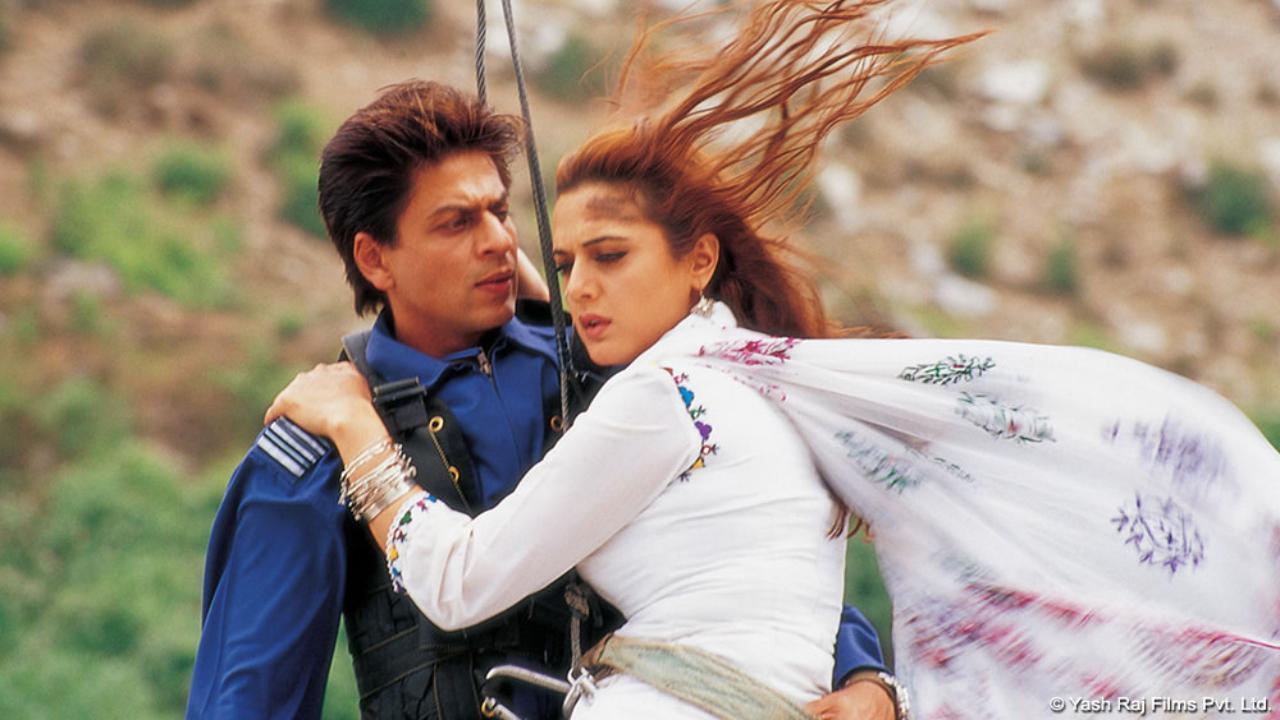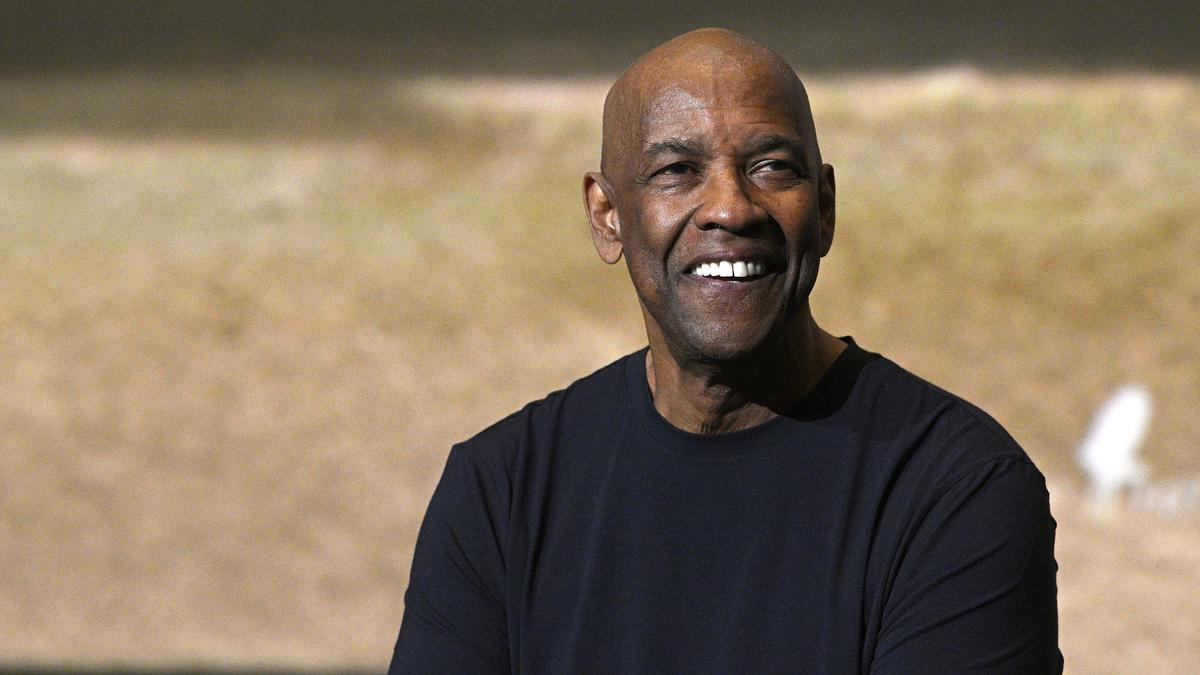
As the calendar turns to mark the birth anniversary of an extraordinary maestro in Indian music, a wave of nostalgia and reverence sweeps across the hearts of music aficionados. Rahul Dev Burman, fondly remembered as R.D. Burman or Panchamda, is celebrated for his profound impact on Hindi and Bengali cinema through his exceptional compositions. Today, his fans reminisce about the harmonious blend of melodies that have outlived the composer, encapsulating every emotion and scenario with pure brilliance.
Born into the esteemed legacy of the renowned music director S.D. Burman, R.D. Burman carved a distinct niche in the music industry with his innovative genius and melodic versatility. Over the years, his body of work continues to enchant generations, bridging the gap between the classic and the contemporary with compositions that resonate with the spirit of every age.
In a musical journey adorned with classics like ‘O Haseena Zulfonwali Jane Jahan’ and ‘Meri Pyari Bindu’, Panchamda collaborated with giants of Indian music such as Gulzar, Asha Bhosle, Lata Mangeshkar, and Kishore Kumar. Together, they spun an array of songs tailor-made for diverse moods, from the romantic whispers to the rhythm of the rain. Let us embark on a journey through seven gems from his timeless treasury that define the essence of R.D. Burman’s musical prowess.
‘O Haseena Zulfonwale Jane Jahan’ remains an unforgettable tune that represents the fusion of spirited rhythms and captivating vocals. Featured in the 1966 film ‘Teesri Manzil’ directed by Vijay Anand, this track saw Mohammad Rafi and Asha Bhosle lend their voices to an upbeat composition that accompanied impressive dance performances by Shammi Kapoor and Helen.
Another lyrical masterpiece, ‘Kya Jaanu Sajan,’ with its soul-stirring lyrics by Majrooh Sultanpuri and Burman’s haunting melody, magnified by Lata Mangeshkar’s voice, constructed an auditory enchantment. The song from ‘Baharon Ke Sapne’ created an atmosphere of lingering melancholy, beautifully captured in the portrayals of Rajesh Khanna and Asha Parekh.
For the die-hard romantics, ‘O Mere Dil Ke Chain’ from the film ‘Mere Jeevan Saathi’ crooned by Kishore Kumar, stands tall as a testament to Panchamda’s grasp on the romantic genre. The heart of the melody lies in its simplicity and Kumar’s emotive delivery, making it one of the most beloved love songs of its era.
Challenging the mainstream, ‘Raina Beeti Jaaye’ from ‘Amar Prem’ emerged as a musical triumph, blending the finesse of Hindustani semi-classical sounds with modern strokes of the guitar. The concoction of instruments like dilruba, sarangi, santoor, and the guitar under Panchamda’s guidance fashioned a piece that transcends musical boundaries.
The soothing lullaby, ‘Chanda O Chanda’ from the movie ‘Lakhon Me Ek’, combined the essence of Indian classical music with a Western twist, warmly received by Kishore Kumar’s comforting vocals. The minimalist instrumental arrangement adds to the charm of this composition that cradles the listener in serenity.
‘Bachke Rehna Re Baba’ from ‘Pukar’, sung by RD Burman himself along with Asha Bhosle and Kishore Kumar, encapsulates the vigor and excitement that Panchamda could inject into his music, enthralling audiences with a lively creation.
Perhaps the hallmark of R.D. Burman’s experimental spirit came through in ‘Chura Liya’ from ‘Yaadon Ki Baarat’, where he utilized unconventional sounds such as the clinking of spoons and glasses to create a beguiling introduction. Every innovation by this maverick composer, from using a beer bottle to incorporating gargling sounds for background scores, spoke volumes of a man who was far ahead of his time.
As we commemorate R.D. Burman’s birth anniversary, it is more than a trip down memory lane—it is an immersion into a musical legacy that continues to reverberate through the hearts of those who live and breathe music. Panchamda’s melodies have withstood the test of time, and with each passing year, they grow evergreen, finding new ears and touching souls, keeping the legend’s memory vibrantly alive.
(with ANI inputs)










